Here's A Good Look At Alien Aerospace Engineering.
Here's a Good Look at Alien Aerospace Engineering.
This is part one of a Science Documentary about: UFO Propulsion.
More Posts from Aspergers1044 and Others
With Net Neutrality On The Chopping Block, Communities Are Taking Matters Into their Own Hands—And Scaring The Hell Out Of Comcast
Basic Argument for an Intellectual Revolution
See on Scoop.it - Philosophy everywhere everywhen
Here is an outline of the argument for the urgent need to bring about a revolution in the aims and methods of academic inquiry, its whole character and structure, so that it takes up its proper task of promoting wisdom rather than just acquiring knowledge. Academia as it exists today is the product of two past great intellectual revolutions. The first is the scientific revolution of the 16th and 17th centuries, associated with Galileo, Kepler, Descartes, Boyle, Newton and many others, which in effect created modern science. A method was discovered for the progressive acquisition of knowledge, the famous empirical method of science. The second revolution is that of the Enlightenment, especially the French Enlightenment, in the 18th century. Voltaire, Diderot, Condorcet and the other philosophes had the profoundly important idea that it might be possible to learn from scientific progress how to achieve social progress towards an enlightened world. They did not just have the idea: they did everything they could to put the idea into practice in their lives. They fought dictatorial power, superstition, and injustice with weapons no more lethal than those of argument and wit. They gave their support to the virtues of tolerance, openness to doubt, readiness to learn from criticism and from experience. Courageously and energetically they laboured to promote reason and enlightenment in personal and social life.
See on ucl.ac.uk
We Found the Universe’s First Type of Molecule

For decades, astronomers searched the cosmos for what is thought to be the first kind of molecule to have formed after the Big Bang. Now, it has finally been found. The molecule is called helium hydride. It’s made of a combination of hydrogen and helium. Astronomers think the molecule appeared more than 13 billion years ago and was the beginning step in the evolution of the universe. Only a few kinds of atoms existed when the universe was very young. Over time, the universe transformed from a primordial soup of simple molecules to the complex place it is today — filled with a seemingly infinite number of planets, stars and galaxies. Using SOFIA, the world’s largest airborne observatory, scientists detected newly formed helium hydride in a planetary nebula 3,000 light-years away. It was the first ever detection of the molecule in the modern universe. Learn more about the discovery:
Helium hydride is created when hydrogen and helium combine.

Since the 1970s, scientists thought planetary nebula NGC 7027—a giant cloud of gas and dust in the constellation Cygnus—had the right environment for helium hydride to exist.

But space telescopes could not pick out its chemical signal from a medley of molecules.

Enter SOFIA, the world’s largest flying observatory!

By pointing the aircraft’s 106-inch telescope at the planetary nebula and using a tool that works like a radio receiver to tune in to the “frequency” of helium hydride, similar to tuning a radio to a favorite station…

…the molecule’s chemical signal came through loud and clear, bringing a decades-long search to a happy end.

The discovery serves as proof that helium hydride can, in fact, exist in space. This confirms a key part of our basic understanding of the chemistry of the early universe. SOFIA is a modified Boeing 747SP aircraft that allows astronomers to study the solar system and beyond in ways that are not possible with ground-based telescopes. Find out more about the mission at www.nasa.gov/SOFIA
Make sure to follow us on Tumblr for your regular dose of space: http://nasa.tumblr.com
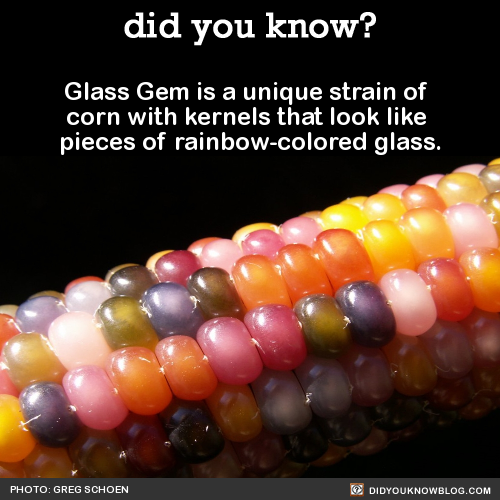
Glass Gem is a unique strain of corn with kernels that look like pieces of rainbow-colored glass. Source

Carl Barnes, an Oklahoma farmer, started growing older corn varieties to connect with his Cherokee heritage.


He isolated ancestral strains Native American tribes lost in the 1800s when they were relocated to Oklahoma.


Soon he began exchanging ancient corn seed with growers from all over the country, while simultaneously saving and replanting seeds from the most colorful cobs.

This eventually resulted in rainbow-colored corn.

When the rainbow corn mixed with the traditional varieties it created new strains, displaying more vibrant colors and patterns over time.


Glass Gem is a flint corn, so it isn’t really eaten off the cob. It’s usually ground into cornmeal and used in tortillas or grits, but it can also be used to make popcorn.

If you love corn and rainbows, seeds can be purchased online for about $7.95.

I sure can’t wait until Asteroid and Lunar Mining become real_industries someday!

(via For plants on alien worlds, it isn't easy being green - space - 11 April 2007 - New Scientist)
Nice Scenery!

Blanes, Catalunya -S Amazing World beautiful things
Here's a Good Look at Alien Aerospace Engineering.
This is part two of a Science Documentary about: UFO Propulsion.
The Evolution and The Origin of Life on Earth.

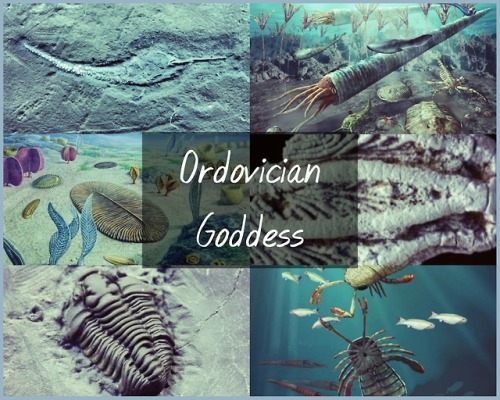
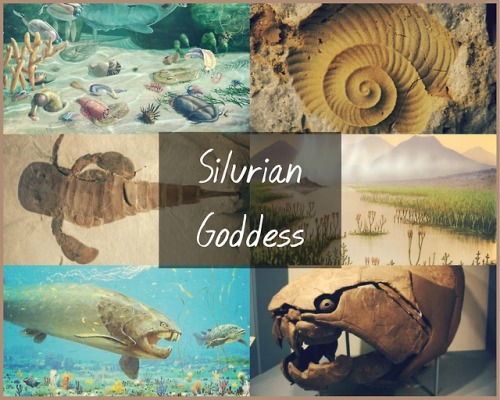
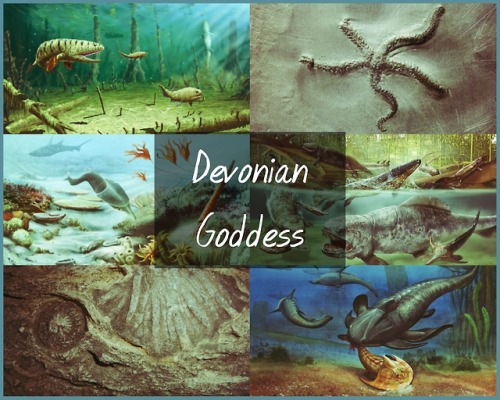
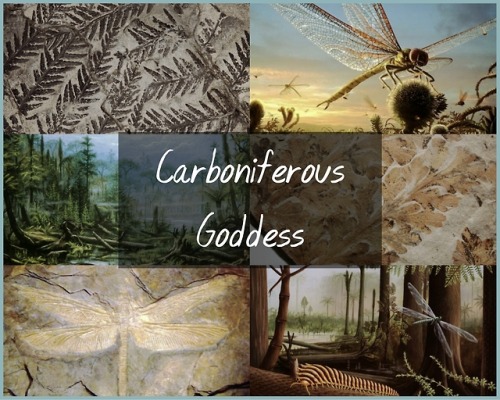
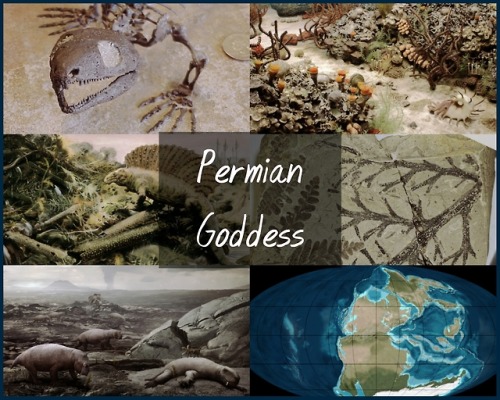
Phanerozoic Eon Goddesses Moodboards (1/3)
Paleozoic Era: Goddesses of Early Life
Artificial intelligence: don’t fear AI. It’s already on your phone – and useful
See on Scoop.it - Knowmads, Infocology of the future
When Joe Weizenbaum found his secretary using a computer program he had created, he was so upset he devoted the rest of his life to warning people not to use its technology. The program was “Eliza”, which gives a passable imitation of a nondirectional psychiatrist; you type sentences such as: “I wonder what I should write,” and it replies :“What answer would please you the most?” (You can try a version at psych.fullerton.edu/mbirnbaum/psych101/Eliza.htm). Weizenbaum’s distress came because he had written Eliza as an experiment, to see whether he could simulate “artificial intelligence” in a question-and-answer system by parsing sentences and throwing relevant bits back at the questioner. But his secretary saw it as real, and asked him not to intrude on “sessions”; Weizenbaum saw this as an omen that we would be too easily fooled into trusting machines.
See on theguardian.com
